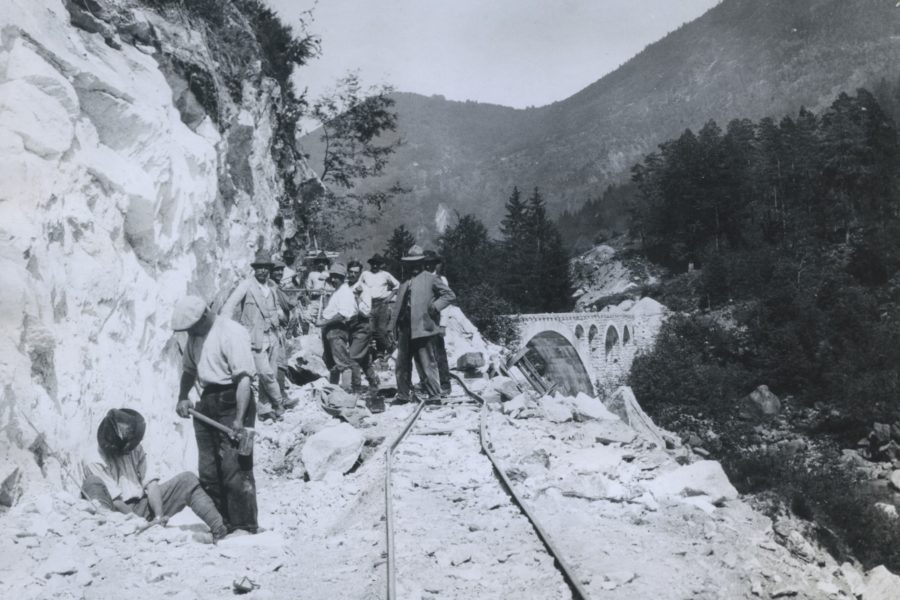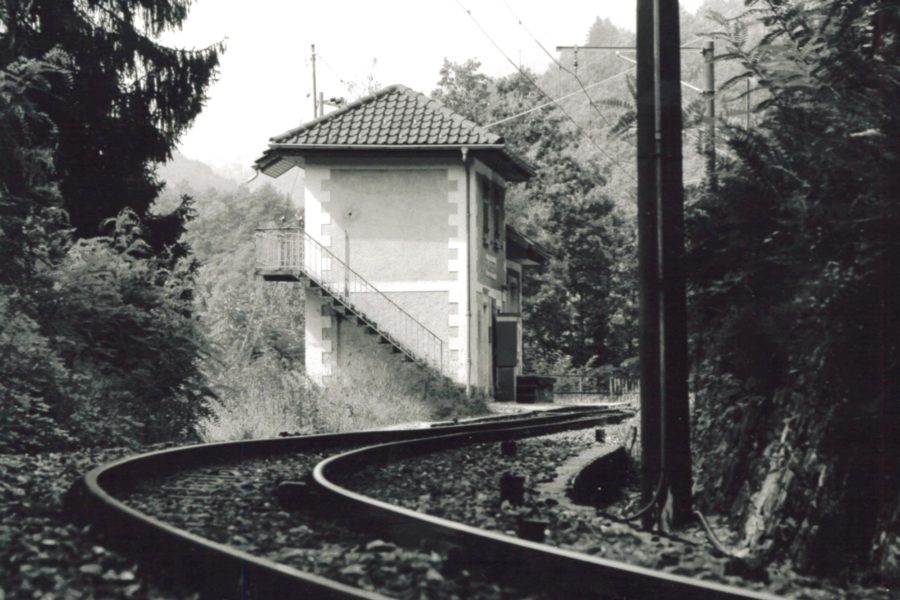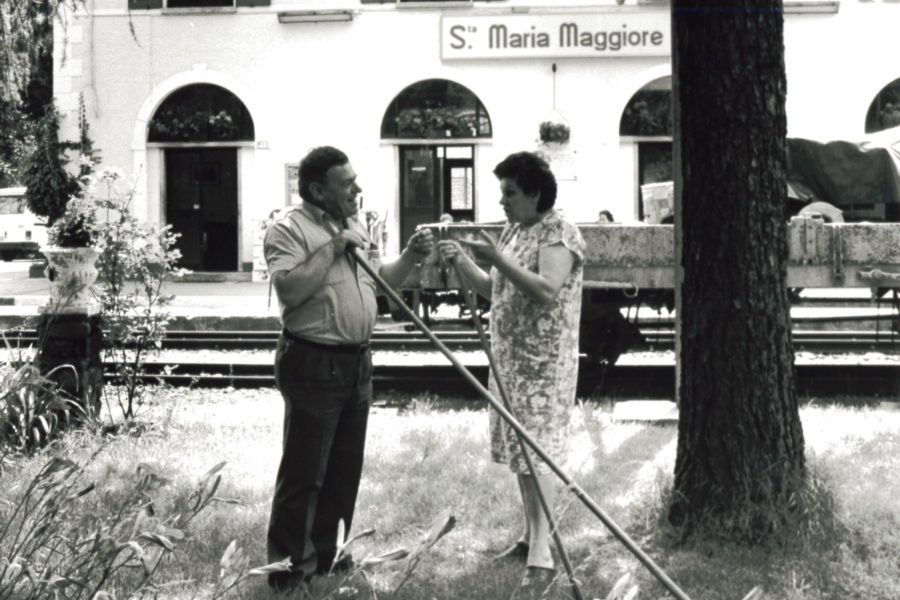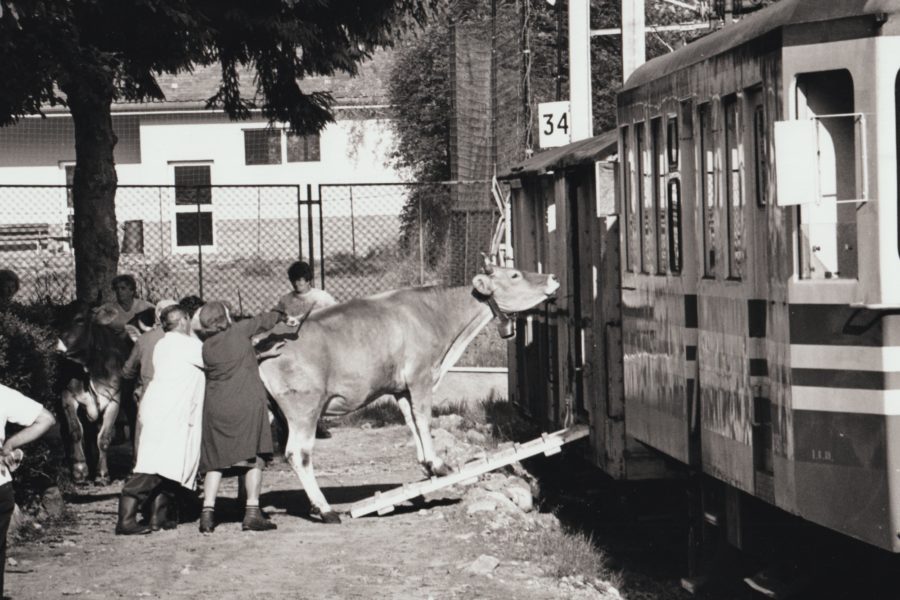The history of the Vigezzina-Centovalli Railway began in 1898, when the Mayor of Locarno, Francesco Balli, submitted to the Federal Council a request for the construction of a railway to serve as a link between Switzerland and Italy on the east-west axis and ideally to bring Ticino closer to French-speaking Switzerland by creating a connection between the Gotthard and Simplon, the two main communication routes across the Alps.
On the Italian side, Andrea Testore, a teacher, man of letters and writer who was very committed to the development of the Vigezzo Valley. The third “father” of the Vigezzina-Centovalli Railway was the engineer of the project, Giacomo Sutter. Construction began at the end of 1912, with the aim of completing the work by 1915. However, the story was different: first due to the bankruptcy of the bank and then due to the outbreak of the First World War, the work was practically halted until 1920. In 1923, the two track-laying teams met at Santa Maria Maggiore. A railway was born that would change the fate of the Centovalli.
The breathtaking scenic landscapes that flow through the window attracted – and continue to attract – many tourists, who helped to save the Vigezzina-Centovalli Railway from the fate suffered by Valmaggina and (almost) all the other railways in Ticino during the years of the economic boom. It is no coincidence that today this railway line is one of the 10 most beautiful railways in the world selected by the Lonely Planet guide. A journey to be enjoyed in all seasons, marveling at how the atmosphere changes with the colours of nature.
Since 1923, the railway has undergone constant renewal. By the end of 2024, eight new trains are scheduled to be put into service to replace the current rolling stock. The new trains will offer a high standard of construction with increased travel comfort.


















